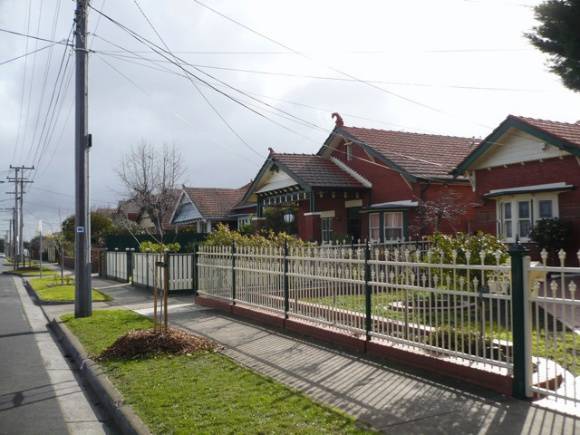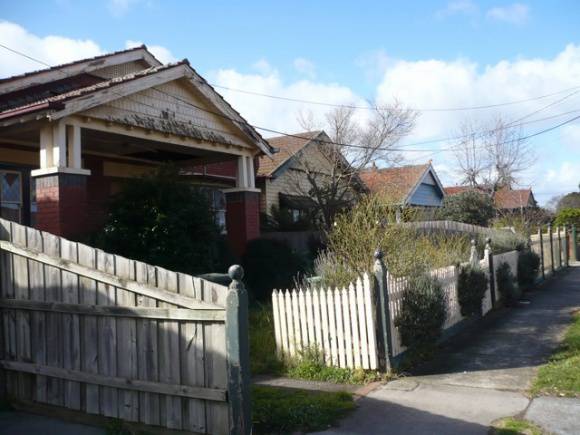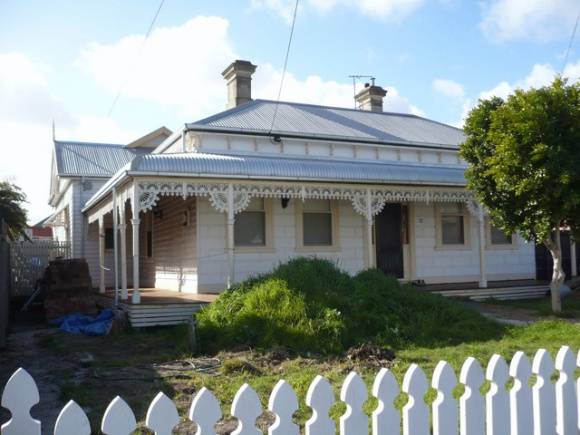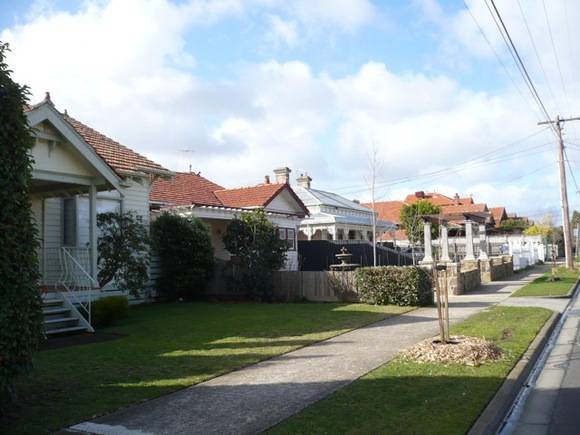| Back to search results » | Back to search page » |
|
Queen Street Precinct
Location1-27, 41-49 and 2-58 QUEEN STREET, RESERVOIR, DAREBIN CITY LevelIncluded in Heritage Overlay |
|
Statement of Significance
What is significant? Non-original alterations and additions to the contributory houses and the houses at 11, 12, 13, 46 & 48 are not significant. How is it significant? Why is it significant? The Queen Street Precinct is architecturally and aesthetically significant as a fine example of a residential area, which is notable for the consistent quality of its built form that is characteristic of medium scale suburban housing of the inter-war years. (AHC criteria D.2 & E.1)
The Queen Street Precinct is an early twentieth century residential area and the contributory houses in the precinct comprise Federation and Edwardian houses, and inter-war houses including 1920/30s bungalows, 1930s Moderne villas and early 1940s houses. The consistency of scale, form, and detailing of the houses, and the open siting on garden allotments with consistent setbacks behind low front fences creating a 'garden suburb' character contributes to the significance of the precinct. The extent to which development in two key phases during the 1920s and 1930s is clearly evident is also an important characteristic.
The Queen Street Precinct is of local historic, architectural and aesthetic significance to Darebin City.
Historically, the Queen Street Precinct is significant as evidence of the important and rapid phase of suburban development of Reservoir during the inter-war period, particularly in the decade after the electrification of the Whittlesea Railway Line in 1921. The house at No.32 is significant as a rare example of a pre-World War One house, which is associated with the locally important Crispe family. (AHC criteria A.4, D.2 & H.1)
Group
Residential buildings (private)
Category
Residential Precinct







